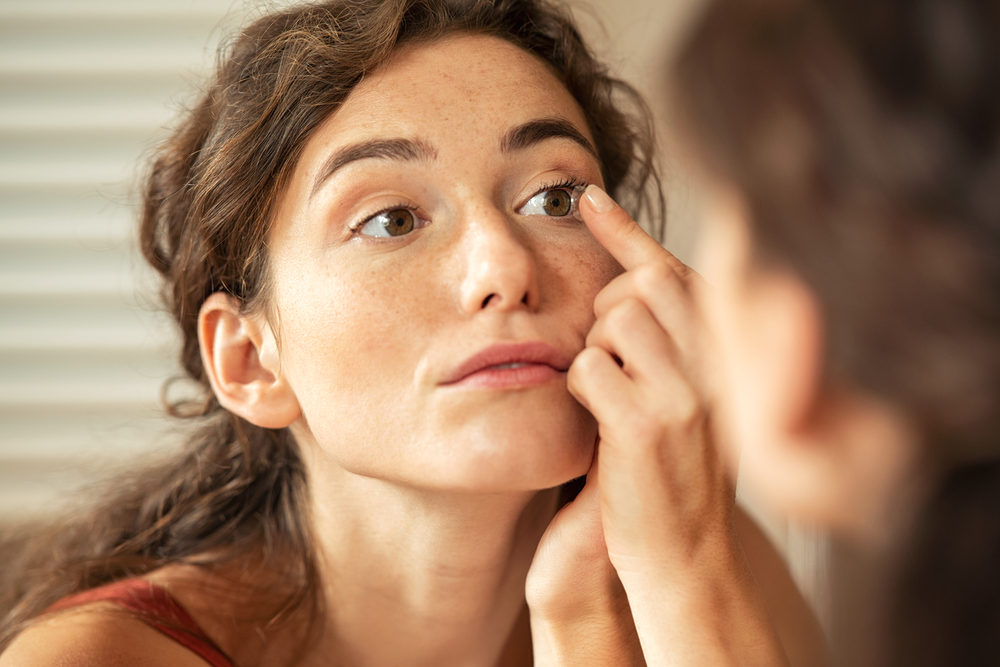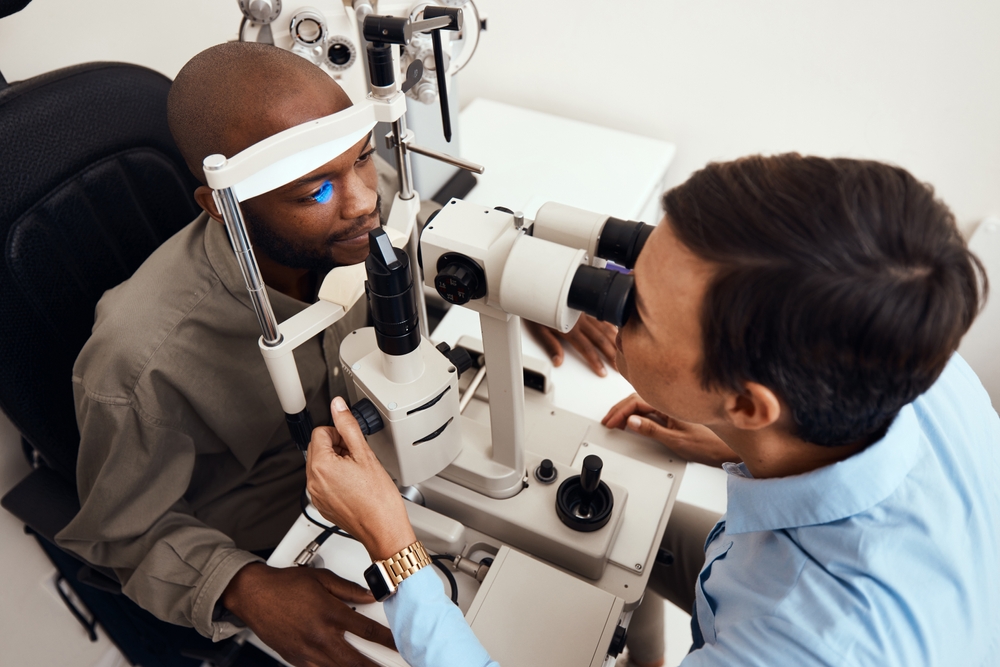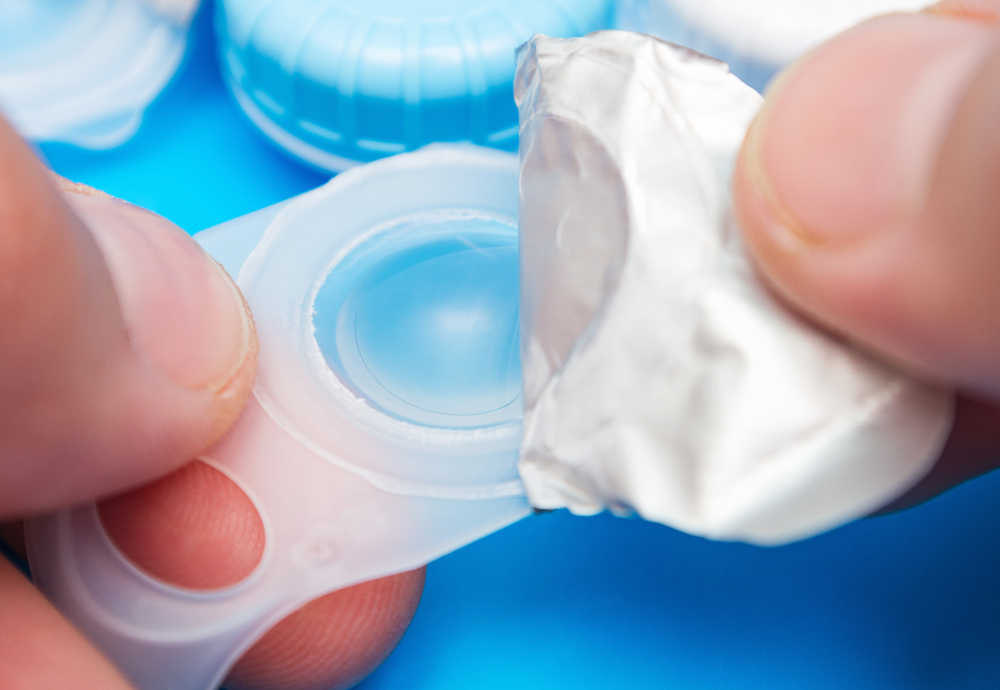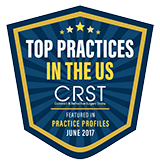Do you wear glasses? Although glasses can help you see the world, they aren’t the only way. Contact lenses are another excellent way of seeing clearly.
If you’re considering contact lenses for the first time, there are many things to think about. When you get contact lenses, you must first see your eye doctor and get fitted for them.
Even if you know your prescription, your contact lens prescription often differs from the one used for your glasses. The size of the contact lenses also needs to be accounted for.
There are several kinds of contact lenses to choose from as well. Your eye doctor at Williamson Eye Center can help you find the best choice for your specific needs, but it’s helpful to know the basics about what kind of contact lenses there are and how to use them before you see your eye doctor.
Keep reading to discover what your ophthalmologist wishes you knew about contact lenses.
Types of Contact Lenses

There are many different kinds of contact lenses, but most fall into a few basic categories:
Soft Contact Lenses
Most people who wear contact lenses wear soft contact lenses. Soft contact lenses are flexible, making them more comfortable for patients.
They’re also disposable. You can wear some soft contact lenses for a month, while others you can wear for a week or two, and others are dailies that you can wear for a day before disposing of them.
Dailies are some of the most popular for contact lens use. These are also considered the safest option regarding the risk of eye infections. However, they may be more expensive, so choosing weekly contact lenses or monthlies may make more sense if you’re more budget-conscious.
While most patients are well-suited for soft contact lenses, soft contacts don’t always offer the highest degree of visual correction. If you have a stronger prescription, your ophthalmologist may recommend a different kind of contact lens to ensure your vision is fully corrected.
Rigid Gas-Permeable Contact Lenses
Rigid gas-permeable contact lenses are hard contact lenses. They aren’t flexible like soft contact lenses. They may feel less comfortable because they aren’t as soft or flexible as soft contact lenses.
However, many patients find that rigid-gas permeable contacts get more comfortable after they get used to wearing them. These contact lenses can correct vision to a higher degree than soft contact lenses can, making them a better fit for patients with stronger prescriptions.
They are not disposable, meaning you can wear the same contacts for a much longer period.
Scleral Contact Lenses
Scleral contact lenses are specialty rigid gas-permeable contact lenses that cover the entire corneal surface and rest on the sclera. Williamson Eye Center has Louisiana’s only fellowship-trained and certified expert scleral lens practitioner, making us the best choice if you need these specialty contact lenses.
Contact lenses are usually just large enough to cover your pupil and iris. Scleral lenses cover a larger area, making them an excellent choice for patients with corneal irregularities due to conditions like keratoconus.
They can also be better for patients with dry eyes or dry eye syndrome, as the size of the lens helps keep more moisture in the eye.
Variations
Different variations of soft contacts, rigid-gas-permeable contacts, and scleral contact lenses exist. One variation is a toric contact lens.
Toric contact lenses are designed to correct astigmatism. There are also multifocal contact lenses, which can help with presbyopia and work similarly to bifocal glasses, with sections of the lens that help magnify objects up close.
You can usually get these variations in different lens materials, so you can still choose between a soft or hard contact lens.
Finding the Right Contact Lenses for You

Choosing the right contact lenses for your eyes can be challenging with so many options. Your eye doctor can help you choose the best ones.
Once you know the options, you can talk to them about the benefits and drawbacks of each option, and they can recommend which one may be best for you. The importance of eye exams increases if you choose to use contact lenses.
If you’re a new contact lens user, you’ll need annual eye exams to update your prescription and ensure your contact lens size hasn’t changed. You’ll need to see your eye doctor regularly if you want contact lenses.
Tips for Wearing Contact Lenses
Before you get contact lenses, you need to know how to use them. Although they are easy to use, there are some things you need to know to use them effectively.
Here are a few things you should do and a few things you should avoid when it comes to using and wearing contact lenses:
Do

Always clean your contact lenses with contact lens solution between uses and store them in a designated lens case with plenty of contact lens solution. If you wear dailies, always dispose of them after taking them out and never reuse them.
If your eyes ever feel irritated after extended contact lens use, remove them, clean or dispose of them, and rest your eyes. Only continue contact lens use once your eyes are no longer irritated. If they remain irritated, see your eye doctor before continuing use.
Don’t
When wearing contact lenses, avoid rubbing your eyes as much as possible. You should never sleep in your contact lenses unless you have extended-wear contacts.
Do not swim in your contact lenses, even when wearing goggles. Never wear your contact lenses longer than recommended, and never wear expired ones.
Are you ready to wear contact lenses? Learn more about these visual aids and get fitted for your own by requesting an appointment at Williamson Eye Center in Baton Rouge, LA, today!



